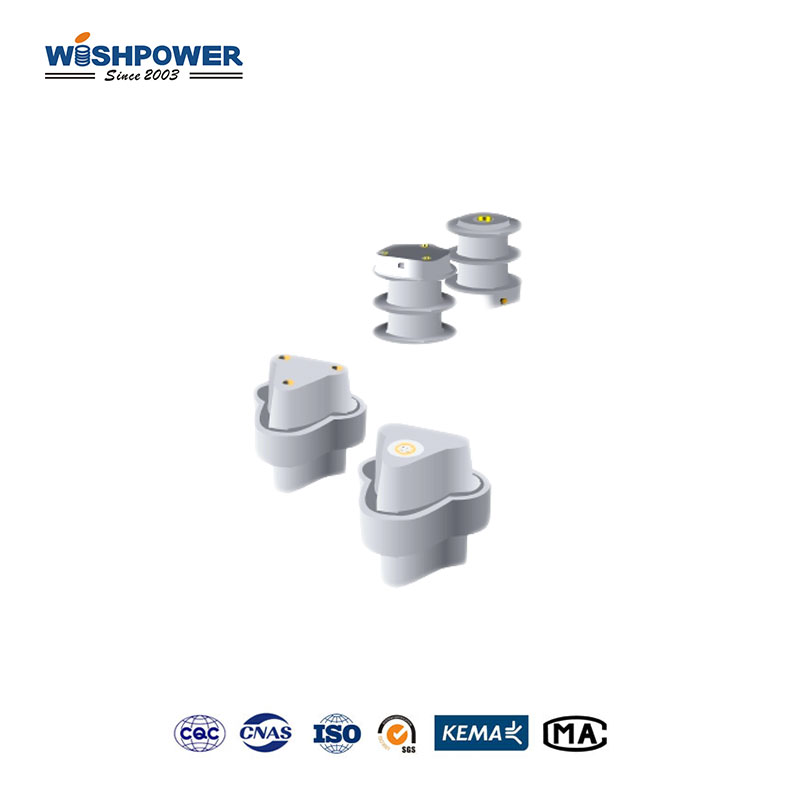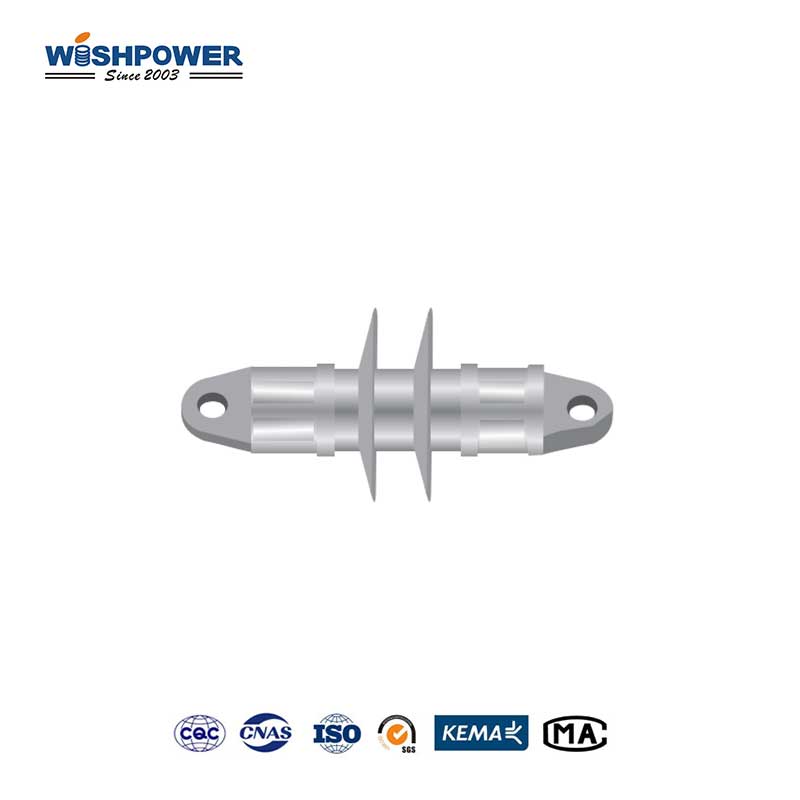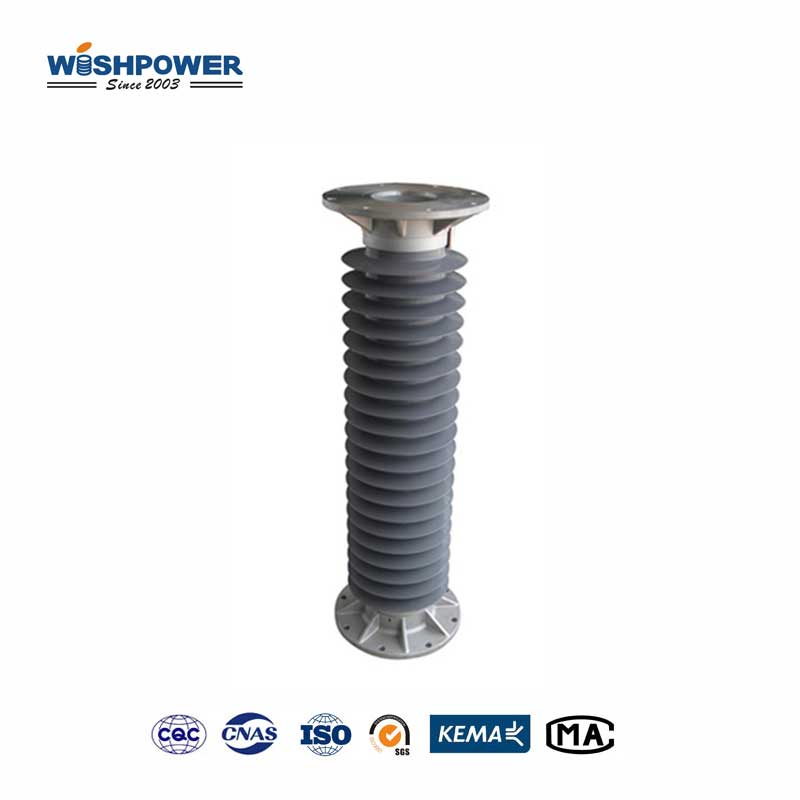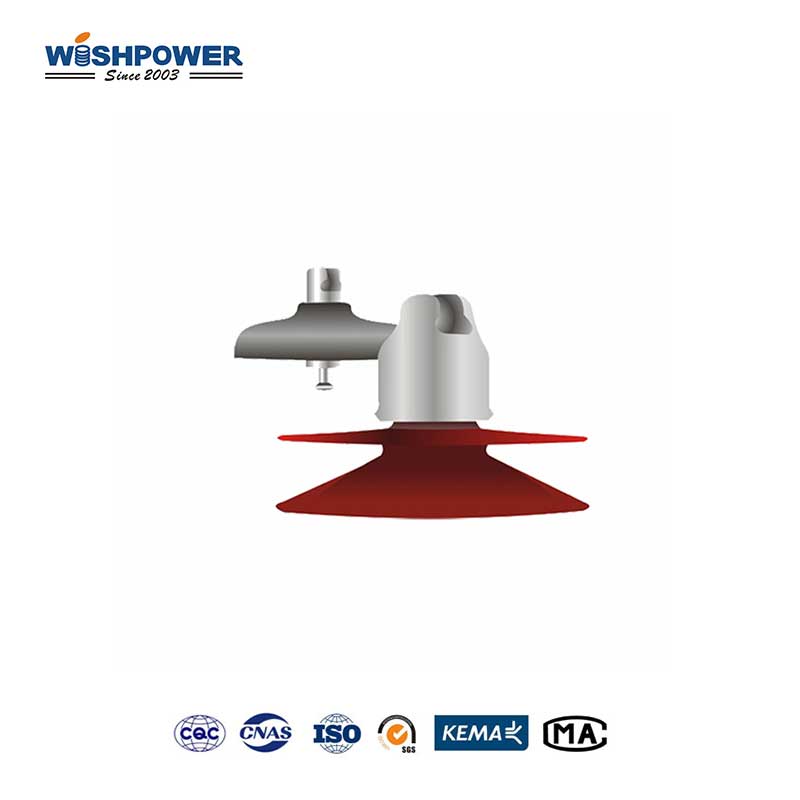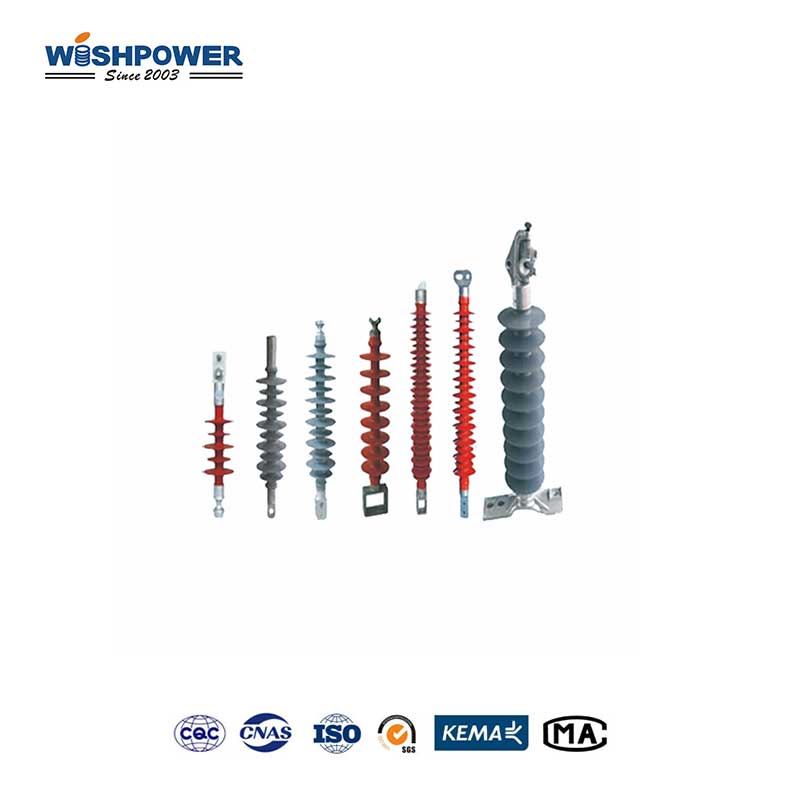Specification
| Product Type |
M41758-02-D-CN-0 |
| Specified Voltage |
1.5 kV |
| Specified Mechanical Tensile Failing Load |
/ |
| Specified Mechanical Bencing Load |
12 kN |
| Section Length |
150 mm |
| Min. Insulation Distance |
/ |
| Min. nominal Creepage Distance |
250 mm |
| Lightning lmpulse Withstand Voltage(Peak Value) |
125 kV |
| Power Frequency Withstand Voltage Test- Wet |
30 kV |
The table above is just one of our product parameters. If you want more information, please get in touch with info@wishpower.net or download the file below.
What is the Three-rail Bracket Insulator?
Three-rail Bracket Insulator is a type of insulator that is mostly preferred for railway smoothing term electrification lines to offer mechanical support as well as electrical insulation for the overhead wire. They are intended to safely connect to three rail brackets or cantilevers which form part of the poles or mast that is erected along the tracks. These insulators are very important in supporting the correct positioning and tension of the contact line needed for the proper supply of power to the electrical trains. Made out of high-strength-polymer matrix composites or other strengthened glass materials They are strong mechanically; they also provide proper electrical insulation. They can bear appreciable mechanical loads without yielding, including the weight of the overhead lines and the tension of the conductor wires, dynamic loading resultant from train cross-over, wind loads, ice, etc. The materials used in these insulators are also selected to be long-lasting and resistant to environmental effects such as UV radiation, pollution, and temperature differences which makes the insulators have long service life without requiring frequent maintenance.
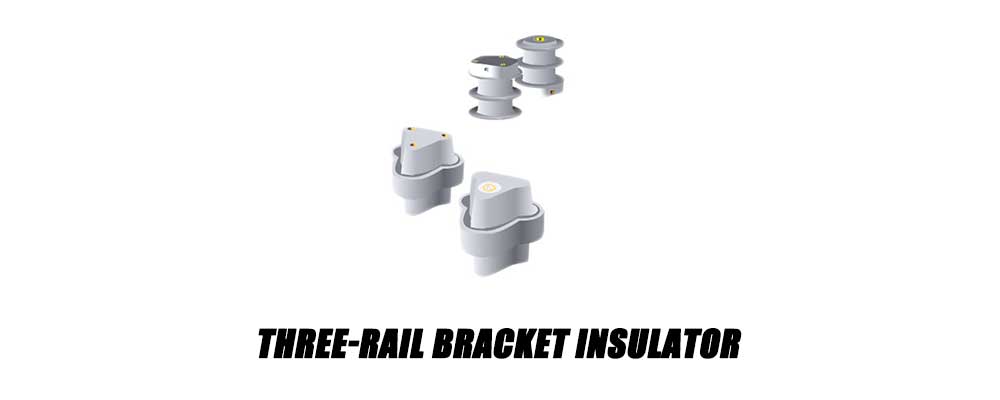
Features
- Railway-Specific Design:
This bracket insulator is specially used for railway electrification systems while standard transmission line insulator has a similar structure. These are designed for installation in a three-rail bracket or cantilever to give its rightful location and support for the overhead line under electric train uses.
- Enhanced Mechanical Strength:
These insulators are designed to support dynamic mechanical loads of overhead lines and passing trains and to resist environmental actions such as wind loading, vibration, and ice accumulation. This makes them stronger than standard distribution or suspension insulators of power transmission lines for distances up to 500 km.
- Precise Wire Positioning:
Since it uses hatches and spring tension to isolate areas of the contact wire, it enables powers and adjustments as often as needed for power stability among the trains. This is a flexibility and adjustability that other insulators do not seem to offer in the same manner.
- Compact and Space-Efficient:
Designed for use in the constrained environments of railway corridors, these insulators have a more compact form factor compared to bulkier transmission line insulators. This space efficiency allows them to be installed on narrow poles or masts without obstructing the railway’s operational space.
- Resistance to Railway-Specific Stresses:
In addition to general weather resistance, it is engineered to handle specific stresses encountered in railway environments, such as high-frequency vibrations, electrical arcing from pantographs, and mechanical impact. This makes them more durable under railway conditions compared to conventional insulators.
Benefits
- Improved Reliability:
Their construction is solid and guarantees their good performance under the variability of conditions inherent in railways, decreasing the probability of failures and interruptions in electric trains’ power.
- Enhanced Safety:
As these insulators are well insulated and mechanically well supported, they help in avoiding electrical failures and mishaps and thereby support railway electrification in terms of safety.
- Reduced Maintenance Costs:
In addition to higher strength and stability that provide the ability to withstand environmental and operation conditions, many of these track insulators are designed to last longer and thus call for less frequent replacements; hence cutting on costs and time.
- Extended Service Life:
These insulators include Conducting materials for which their materials and design make them have long operational life and hence respond better to efficient functioning rather than undergoing many replacements to gain efficiency.
- Optimized Power Transmission:
They assist in keeping the contact with the right tension and position with the contact wire thereby enhancing the efficiency of the power transmission and thus the electric trains.
- Enhanced Operational Efficiency:
They can also take specific stresses of the railway and put the wire in the precise position so that the performance of the train is improved and the functioning of an electrification system is also good.
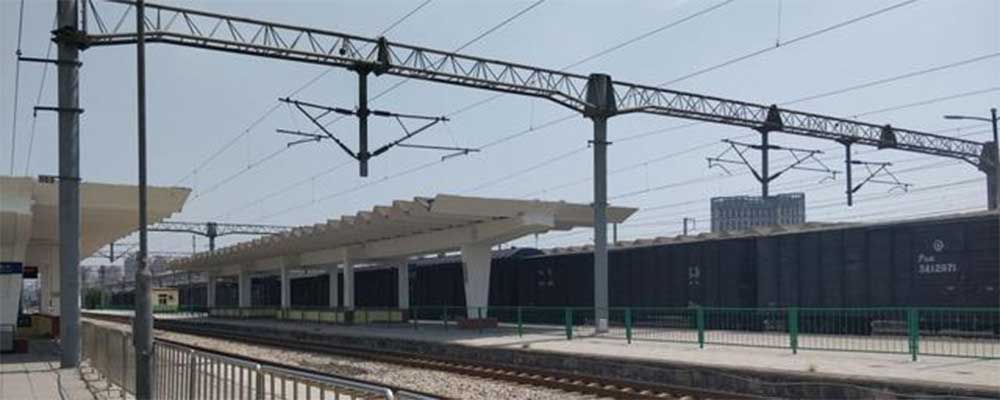
Application
- Overhead Contact Lines:
Suspended on the supporting structures such as masts or poles to support and isolate the contact wire through which electricity is supplied to the electrical trains. They maintain the necessary height and position of the contact wire into its proper position.
- Cantilever Arms:
Suspended on cantilever arms that are placed on the three supporting structures. These insulators help take the load of the contact wire that hangs freely suspended over the tracks and at the same time offer insulation to the wire from the conductor rail.
- Section Insulators:
Applied at the segmental parts of the electrification system. They ensure that electrical separation between the various parts of the overhead line is realized and thus enable maintenance/fault isolation of part of the overhead line system without affecting the rest.
- Turnouts and Crossings:
Used in cases where there is a need to alter the position of the contact wire, especially on the railway tracks that are switched and crossing rails. They are employed to ensure proper rollers and spaces are being maintained especially in made-of-track plans.
- Feeder Stations:
This composite insulator Installed feeder stations where the contact wire is connected to power sources. They ensure reliable insulation and support in areas where high current flows are present.
Exhibition

Certificate

Factory

Hot Tags: Three-rail Bracket Insulator, Composite Insulator, China, manufacturers, ISO factory, wholesale, KEMA, high quantity, best, price, low to high voltage






